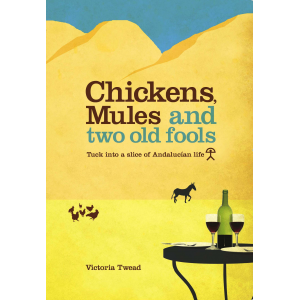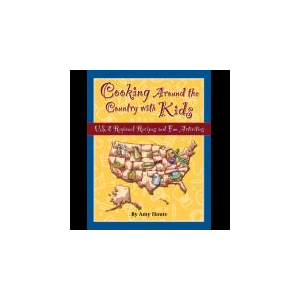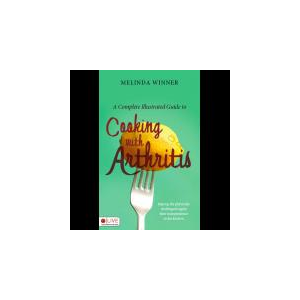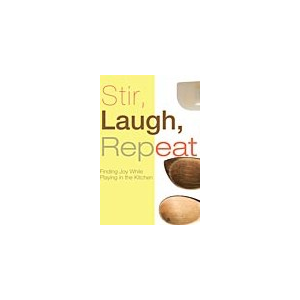Sweet and Sour examines the history of Chinese family restaurants in the U. S. and Canada. Why did many Chinese immigrants enter this business around the end of the 19th century? What conditions made it possible for Chinese to open and succeed in operating restaurants after they emigrated to North America? How did Chinese restaurants manage to attract non-Chinese customers, given that they had little or no acquaintance with the Chinese style of food preparation and many had vicious hostility toward Chinese immigrants?
The goal of "Sweet and Sour" is to understand how the small Chinese family restaurants functioned. Narratives provided by 10 Chinese who grew up in their family restaurants in all parts of the North America provide valuable insights on the role that this ethnic business had on their lives.
What is the future for this type of immigrant enterprise in the modern world of franchised and corporate owned eateries or will it soon, like the Chinese laundry, be a relic of history?
The Story Behind This Book
The average American knows very little about the Chinese restaurant. The average Chinese knows equally little, perhaps just a little more. Louis Chu, 1939, p. I
Chinese restaurants today are one of the most popular cuisines in the U. S. and many other countries, but this was not the case until after the end of World War II. The story of how Chinese immigrants started family-run restaurants and made them successful is a fascinating one especially since most of them were started by Chinese immigrants with little or no cooking or restaurant expertise in the rural villages they came from.
Praise and Reviews
Praise for "Sweet and Sour: Life in Chinese Family Restaurants"
John Jung has taken us down another memory lane and this time we brought along our appetite. "Sweet & Sour" evoked hundreds of memories of Chinatowns, favorite soul food dishes, haunts of opulent and garish banquet halls and the more frequented and beloved hole-in-the walls. These are the collective memories shared by families and friends. Sweet & Sour is also an anthropological study. Chinese cooks across these United States and Canada created an everlasting love for Chinese food enjoyed by all cultures. Find a “chop suey” house and generations upon generations will cite their favorites, be it chowmein, fried rice, beef brisket stew or even chicken feet. Without a doubt this is by far Jung’s best work and with the greatest universal appeal.
Sylvia Sun Minnick, "Samfow: The San Joaquin Chinese Legacy"
John Jung again demonstrates a marvelous ability to blend archival data with fascinating first-person accounts to bring to life the family-operated Chinese eateries that are quickly disappearing from today’s society. Following solid historical groundwork, Jung uses narratives of 10 individuals who grew up in such places to take readers inside old-time chop suey houses. Their stories provide a candid telling of the personal, familial, and cultural significance of these familiar cafes. As with his earlier books on Chinese family-owned laundries and grocery stores, the author sheds a fresh and ample light on a subject even more familiar. And once again he does it so well from the inside out.
Mel Brown, "Chinese Heart of Texas: The San Antonio Community 1875-1975."
"Sweet And Sour" is a powerful historical exploration of an American institution: the family-owned Chinese restaurant. John Jung succeeds in bringing to life the exterior side of such Chinese eateries across the nation--their appearance, their location, and of course, their hybrid, Americanized menu offerings. In addition, by means of a variety of interviews and primary sources, he focuses attention as well on their little-known private side, the daily routines and harsh working conditions that made them run. Jung underlines the contributions of all family members, including children, that were necessary for success.
Greg Robinson, Prof. of History, University of Quebec, Montreal. "A Tragedy of Democracy: Japanese Confinement in North America"
"Sweet and Sour: Life in Chinese Family Restaurants" tackles the long-neglected topic of Chinese food with a focus on Chinese restaurants. This well-researched, thoughtfully conceptualized monograph brings academic rigor and adds historical depth, as well as the perspectives of an insightful scholar and a second-generation Chinese American, to our understanding of the development of Chinese food in the realm of public consumption in the United States and Canada. It promises to elevate that understanding to a higher level... Through this book, I hope, consumers at the ubiquitous Chinese restaurants can also gain a deeper appreciation of historical forces and human experiences that have shaped the food they now enjoy.
Yong Chen,Professor of History, University of California, Irvine. "San Francisco Chinese 1850-1943:A Trans-Pacific Community."
"Sweet and Sour" covers many important aspects of the Chinese restaurant business and it is a great contribution to the study of Chinese food in America. This area really deserves more attention than it has had.
Haiming Liu, Professor of Ethnic and Women's Studies, California State Polytechnic University, Pomona. "The Transnational History of a Chinese Family. Immigrant Letters, Family Business, and Reverse Migration," 2006.

















